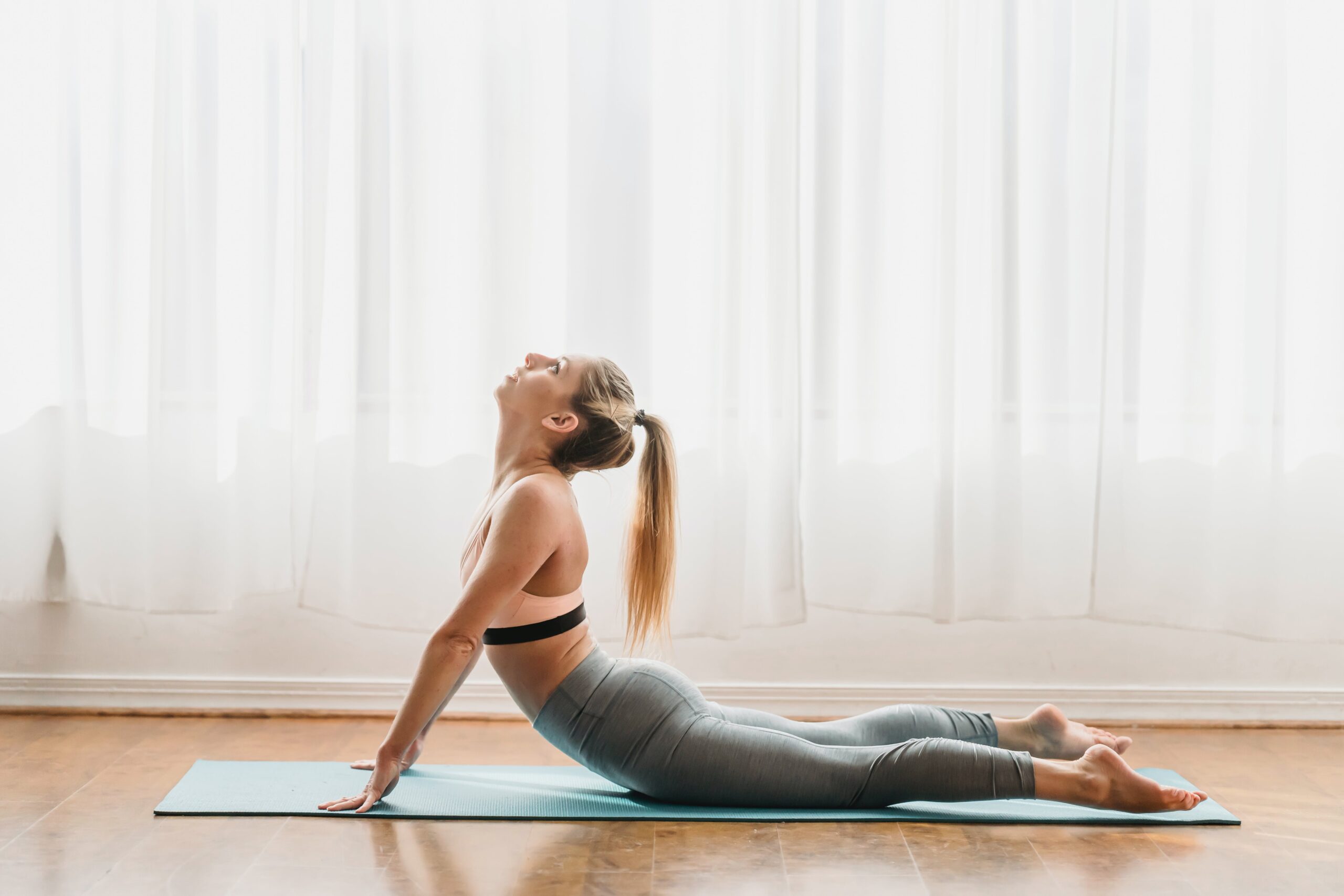
Introduction to Cha Yoga
Cha Yoga Pose is a gentle yet effective yoga asana that incorporates elements of balance, flexibility, and mindfulness. It is inspired by the graceful movements of tea ceremonies, where each gesture is deliberate and focused. This pose not only strengthens the body but also calms the mind, making it an ideal practice for those seeking both physical and mental well-being.
Benefits of Practicing Cha Yoga
Cha Yoga offers a myriad of benefits for the practitioner, encompassing physical, mental, and spiritual aspects.
- Physical Benefits: The gentle stretches and movements of Cha Yoga Pose help improve flexibility, balance, and posture. It also targets the muscles of the legs, core, and back, promoting strength and stability.
- Mental Benefits: By emphasizing mindfulness and presence, Cha Yoga can help reduce stress and anxiety. The slow, deliberate movements encourage a sense of calm and relaxation, allowing practitioners to cultivate a deeper connection with their breath and body.
- Spiritual Benefits: Cha Yoga Pose offers an opportunity for introspection and self-awareness. Through focused breathing and deliberate movement, practitioners can tap into a sense of inner peace and harmony, fostering a deeper connection with the self and the surrounding environment.
How to Perform Cha Yoga
To perform Cha Yoga, follow these step-by-step instructions:
- Begin in a standing position with your feet hip-width apart and arms by your sides.
- Take a deep breath in, lengthening through the spine, and exhale as you slowly shift your weight onto your right foot.
- Inhale and lift your left foot off the ground, bending the knee and bringing the sole of the foot to rest against the inner thigh or calf of the standing leg.
- Find your balance and bring your palms together at your heart center, pressing them firmly together.
- Engage your core muscles and lengthen through the crown of your head, finding a steady gaze point to help maintain your balance.
- Hold the pose for several breaths, focusing on the sensation of grounding through the standing leg and lengthening through the spine.
- To release, exhale as you gently lower your left foot back to the ground and return to a standing position with both feet planted firmly on the floor.
Tips for Beginners
- Start by practicing near a wall or using a chair for support until you feel more confident in your balance.
- Focus on keeping your gaze steady and your breath steady throughout the pose.
- Don’t force the pose; listen to your body and only go as far as feels comfortable.
- Practice regularly to improve your balance and flexibility over time.
Variations of Cha Yoga Pose
While the traditional Cha Yoga involves standing on one leg with the other foot resting against the inner thigh or calf, there are several variations to explore:
- Half Cha Pose: Instead of bringing the foot to the inner thigh or calf, keep it resting on the ground with the toes pointed forward.
- Extended Cha Pose: Reach your arms overhead in line with your ears, lengthening through the fingertips and creating a long line from the fingertips to the standing foot.
- Revolved Cha Pose: From the traditional Cha Yoga Pose, twist your torso to the side, placing one hand on the ground or a block for support and extending the opposite arm toward the ceiling.
Precautions and Contraindications
While Cha Yoga is generally safe for most people, it’s essential to take precautions if you have any underlying health conditions or injuries. Avoid this pose if you have:
- Recent or chronic ankle, knee, or hip injuries
- High blood pressure or heart problems
- Vertigo or balance issues
- Pregnancy, especially in the later stages
Always listen to your body and modify the pose as needed to suit your individual needs and limitations.
Incorporating Cha Yoga into Your Routine
Cha Yoga can be practiced as part of a larger yoga sequence or on its own as a standalone practice. Consider incorporating it into your daily routine to reap the full benefits of this graceful and grounding pose.
Cha Yoga and Stress Relief
One of the most significant benefits of Cha Yoga Pose is its ability to promote relaxation and stress relief. By focusing on the breath and cultivating mindfulness, this pose can help quiet the mind and release tension held in the body, leaving you feeling more calm, centered, and at ease.
Cha Yoga for Flexibility
Regular practice of Cha Yoga can help improve flexibility in the legs, hips, and spine. By gently stretching and lengthening the muscles, tendons, and ligaments, this pose can help increase range of motion and mobility over time, making it easier to move freely and comfortably in daily life.
Importance of Breathing in Cha Yoga
Breath awareness is an integral part of Cha Yoga Pose, helping to deepen the practice and connect the mind, body, and breath. By focusing on the inhale and exhale, practitioners can cultivate a sense of presence and mindfulness, allowing for a deeper experience of the pose and its benefits.
Conclusion
Cha Yoga offers a blend of strength, balance, and mindfulness, making it a valuable addition to any yoga practice. Whether you’re looking to improve flexibility, reduce stress, or cultivate a deeper sense of self-awareness, this graceful pose has something to offer for practitioners of all levels.
FAQs
- Is Cha Yoga suitable for beginners?
Yes, Cha Yoga can be modified to suit practitioners of all levels, making it accessible for beginners. - How long should I hold Cha Yoga?
Aim to hold Cha Yoga for 30 seconds to 1 minute on each side, gradually increasing your hold time as you build strength and confidence. - Can Cha Yoga help with balance?
Yes, practicing Cha Yoga regularly can help improve balance and stability by strengthening the muscles of the legs and core. - Are there any props I can use to support Cha Yoga?
Yes, you can use a wall, chair, or yoga block for support and stability while practicing Cha Yoga, especially if you’re a beginner. - How often should I practice Cha Yoga?
Aim to practice Cha Yoga at least 3-4 times per week to experience its full benefits and progress in your practice over time.









Comments
Best-Selling & Trendy Watches for Kids You Must Buy This Season